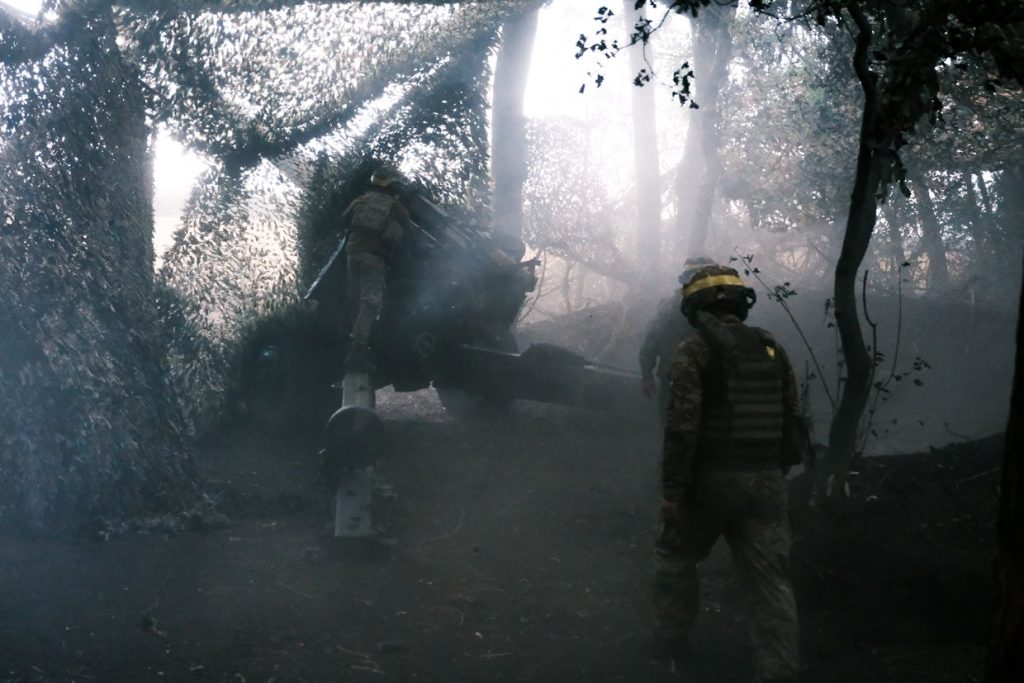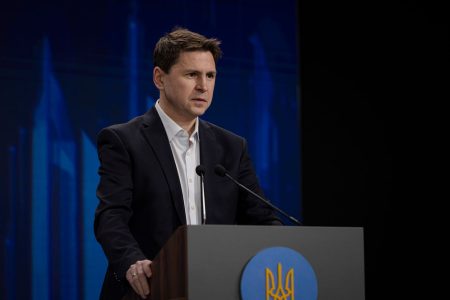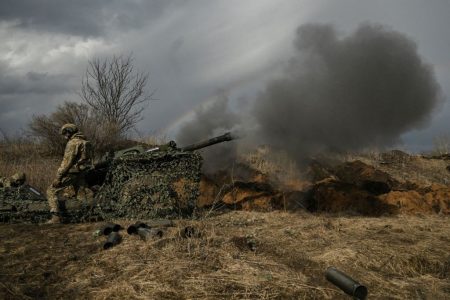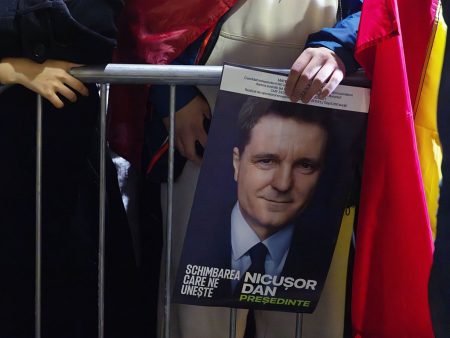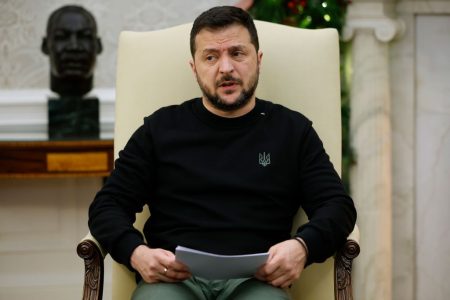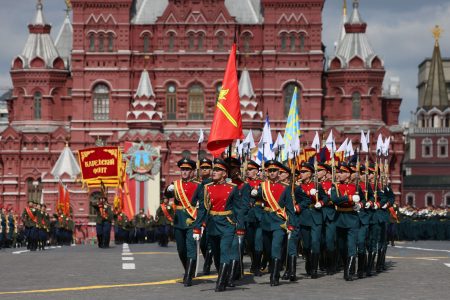The ongoing conflict in Ukraine, particularly in the Pokrovsk district of Donetsk Oblast, has intensified over the summer, with Russian forces making significant advances towards the city of Pokrovsk. Ukrainian forces, including the 15th National Guard Brigade known as Kara-Dag, have been deployed to counter the offensive and defend key positions. The area has become a battleground marked by intense fighting, with Ukrainian soldiers facing threats from Russian artillery, glide bombs, and drones. The Ukrainian military has been struggling to consolidate resistance against waves of Russian infantry assaults and maintain control over territory.
The terrain near Pokrovsk is littered with open fields and dirt roads, where Ukrainian soldiers like artilleryman Andrii, known as “Mazhor,” operate in constant danger from enemy threats, particularly suicide drones. With the lack of detection equipment, soldiers rely on warnings through WhatsApp to alert them of potential aerial threats. Despite the challenges, Ukrainian forces have managed to slow down the Russian offensive, providing some breathing room to improve their positions and organize their defenses. However, systemic issues within the Ukrainian defense structure and a shortage of manpower continue to pose a significant threat to their ability to withstand renewed Russian advances.
The Ukrainian military has been heavily reliant on artillery units like the 15th National Guard Brigade, which operate crucial weapons captured from Russian forces. One such weapon, a Msta-B 152mm towed howitzer named “Violetta,” has played a vital role in stopping Russian advances towards Pokrovsk. The availability of shells for these heavy artillery guns has been a persistent issue for Ukrainian forces, but a steady supply has been sourced from various countries to support the defense of critical positions like Selydove. The artillery units work tirelessly to provide counterbattery fire, targeting enemy positions to protect infantry forces on the ground.
Infantry units, such as the 68th Jaeger Brigade, face intense combat situations on the front lines, often engaging in direct assaults with Russian forces. The attritional nature of the fighting has taken a toll on Ukrainian troops, with shortages of manpower and ammunition making it difficult to sustain prolonged defenses. Effective communication between different units deployed in the area has also been a challenge, leaving troops vulnerable to attacks from unexpected directions. This lack of coordination, coupled with significant losses in personnel, has placed a heavy strain on the morale and mental well-being of soldiers on the front lines.
Despite the challenges and hardships faced by Ukrainian forces, they continue to fight with determination and resilience. The recent incursion into Kursk Oblast by Ukrainian troops provided a temporary boost to morale, but soldiers near Pokrovsk remain focused on the immediate threats they face. As the conflict continues to escalate, the need for reinforcements and support becomes more urgent to counter the advancing Russian forces. Ukrainian soldiers like Andrii and his unit remain committed to defending their positions in Selydove, but they acknowledge the ever-present danger of being outflanked by the enemy. With ongoing tensions and the uncertainty of the conflict, the situation in the Pokrovsk district remains volatile, with Ukrainian forces preparing for further confrontations in the days ahead.









